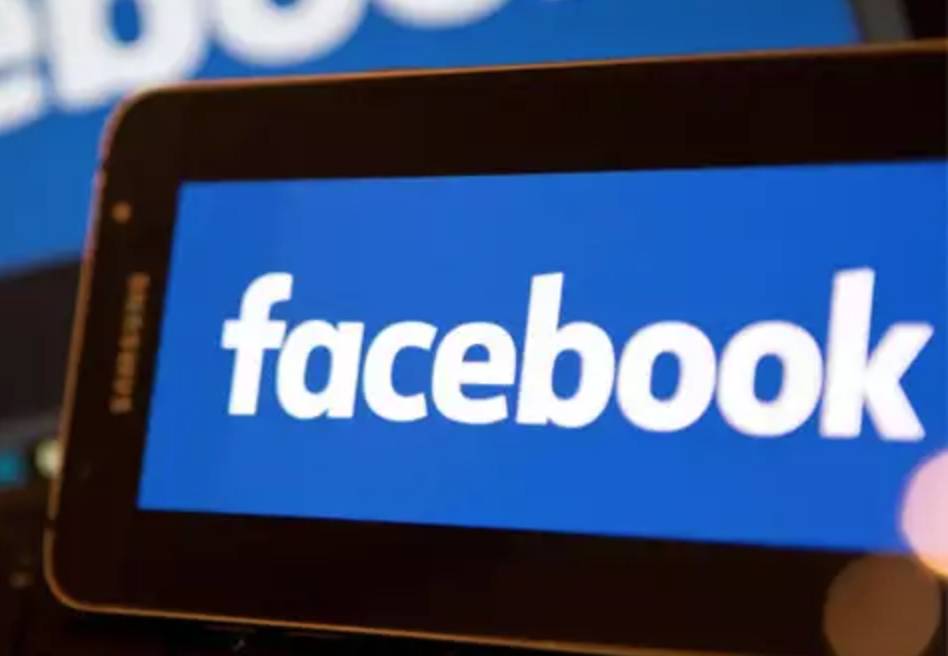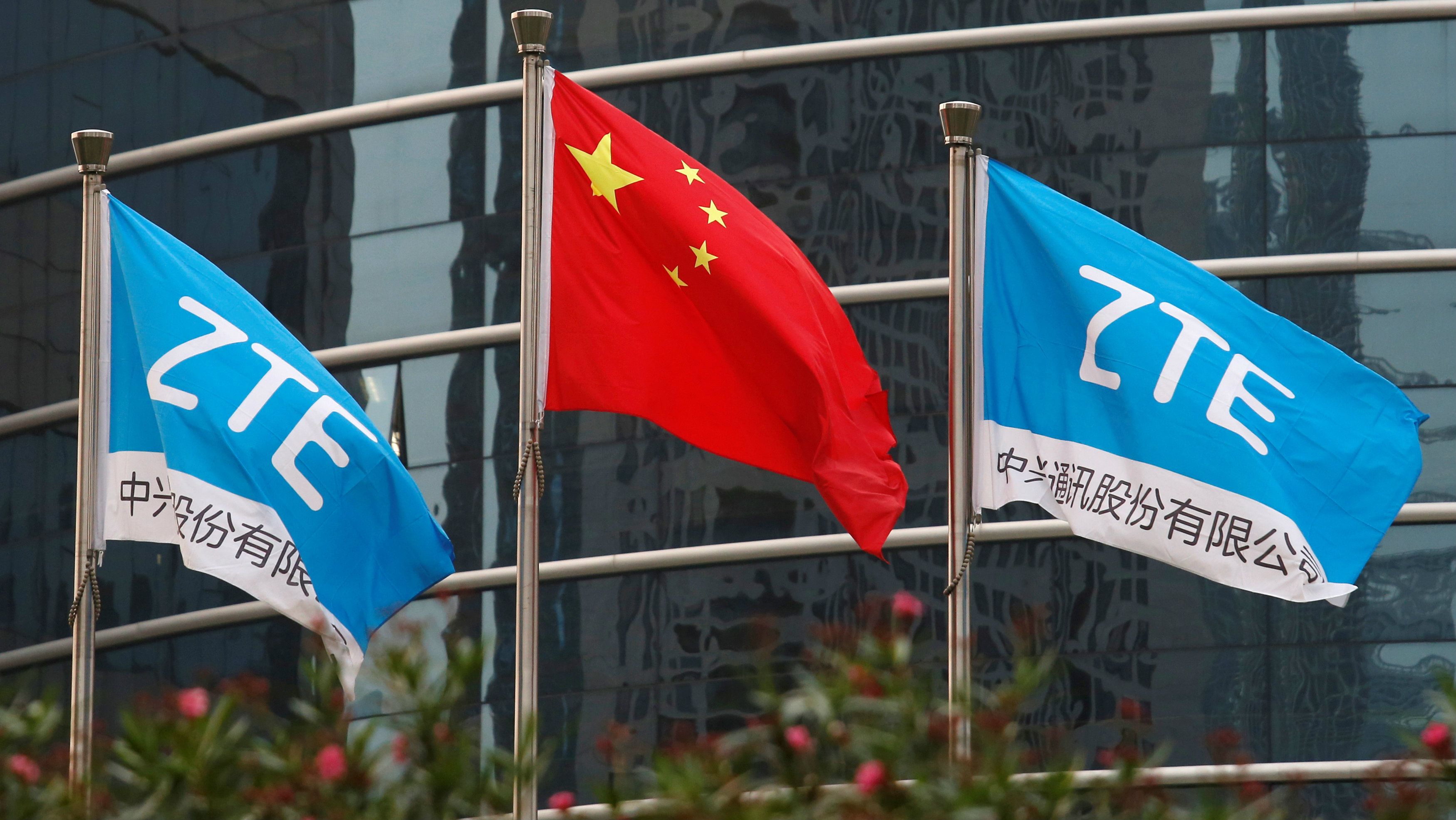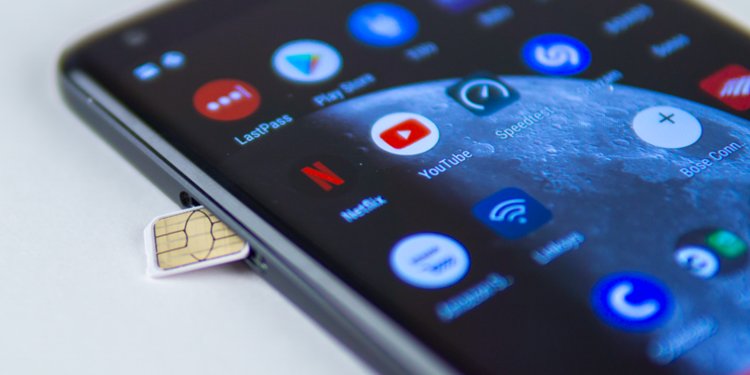The U.S. Congress is concerned about revelations of a deal that was made between Facebook and the Chinese device maker Huawei. Huawei is not the only device constructor to have a privilege access to data from Facebook, as Lenovo, Oppo and TCL are also on that list “Concerns about Huawei aren’t new – they were widely publicized beginning in 2012, when the House Permanent Select Committee on Intelligence released a well-read report on the close relationships between the Chinese Communist Party and equipment makers like Huawei,” said U.S. Senator Mark Warner. In an investigation done by the House Intelligence Committee, it was stated that “Huawei did not fully cooperate with the investigation and was unwilling to explain its relationship with the Chinese government or Chinese Communist Party, while credible evidence exists that it fails to comply with U.S. laws”. Moreover, the Chinese company has an history of collaboration with the…
After President Trump asked the U.S. Commerce Department to find an agreement to save ZTE Corp., an agreement has been found. It all started when an investigation found out that ZTE was doing business with Iran and North Korea by sending U.S. products. Despite the opposition of several members of congress, mostly Democrats, but also many Republicans, that are accusing Trump of bending under Chinese pressure, ZTE will be able to trade with American companies. ZTE was banned from doing any business with the U.S. since April 15th and has lost $3 billion. ZTE will have to pay a $1.3 billion fine to the U.S. in addition to a $900 million fine they already paid last year. Part of the deal, aside from the fine, includes a change in management and will have to get parts from U.S. suppliers. The situation between ZTE and the U.S. Administration created some tensions…
BullsEye Telecom has entered the VoIP based Key System market. Founded in 1999 in Michigan, BullsEye started by focusing on its local market. Since then, they provide SD-WAN, VoIP, broadband, and POTS to customers across the U.S. They acquired an experience in converting Plain Ordinary Telephone Service (POTS) to VoIP lines. It was able to be a leader company in the U.S. as a multi-location communications solutions provider. They announced yesterday the launch of its VoIP Based key system. Evan Branstnern, network endpoint engineer, explains: “The goal with BullsEye’s VoIP Key System was to replicate a phone system that people are used to while at the same time integrate the latest technology and best practices that are reflected in a VoIP-based product.” This technology will let users park calls with just a button, and then see which line is parked or available. It also let calls being picked up from…
After months of battle and negotiations, the third and fourth largest wireless carriers in the U.S.A. finally agreed on a merger. The fusion between the two companies is one of massive proportions in terms of capital and clients, as it will be a $26 billions all-stock deal and will concern 127 millions customers. The main goal of this deal is to give birth to a strong opponent to AT&T and Verizon. Actually, the announcement might be due to T-Mobile’s fail to acquire a company called Straight Path a year ago, that focuses on providing technology, in the 28 GHz z to 39 GHz millimetre wave spectrum. Verizon, who won the bid gets an advantage in the 5G market. In order to be competitive in this new 5G technology the merger became necessary. T-Mobile and Sprint tried to merge 7 years ago, in a much different environment and the failed, as…
That’s what researchers at CCS Insight believe. According to their report, China and the United States will lead the way in deploying the next generation of mobile technology. Commercial deployments of 5G in the U.S. are expected as soon as the end of 2018. CCS Insight’s forecast of an initial U.S. lead corroborates with a report from the GSMA at the end of March 2018, but the firms appear to disagree on the rest of their rankings for the period prior to 2025. In the GSMA’s report, by 2025, China falls to fourth place with 25 percent of mobile connections being 5G. The United States takes the lead with 49 percent, followed by Japan (45 percent) and Europe (31 percent). IN 2025, MOBILE BROADBAND IS STILL PREDICTED TO REPRESENT 98% OF ALL 5G CONNECTIONS “The industry might be struggling to establish the business models for investment in 5G, but this isn’t stopping leading…








